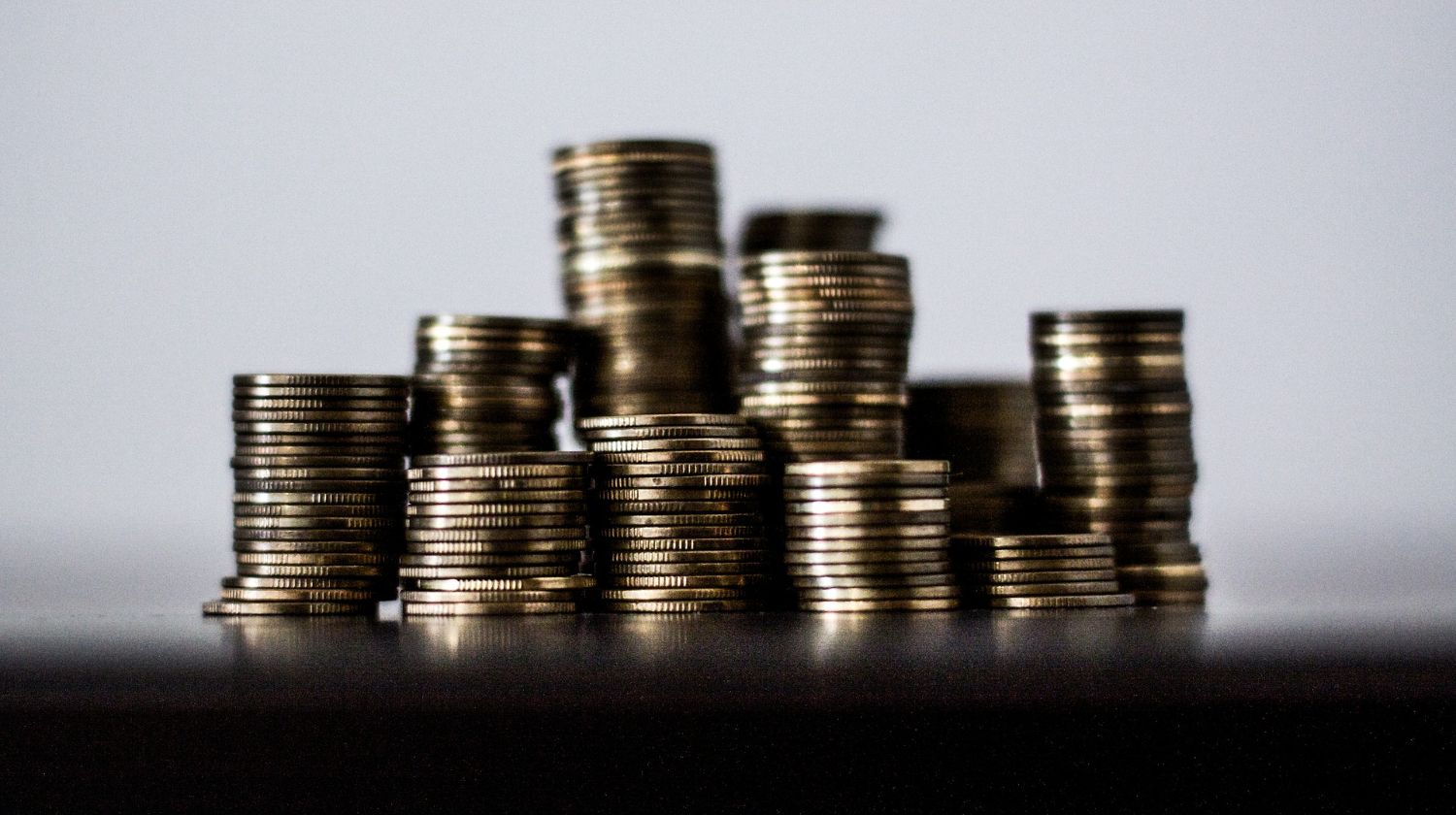News
TWO COINS Can Fix the Debt Ceiling

It’s one part Clinton era carelessness, one part French fiscal manipulation, and all kinds of crazy… so naturally policy makers are thinking it over.
Welcome to the “Platinum Option,” America’s next great hope for getting past the fiscal cliff in one piece. Deceptively simple, the plan calls for the government to create $2 trillion out of thin air, deposit it at the Federal Reserve, give our current account balance a massive credit, and avoid the debt ceiling. Just. Like. That.
Yet if it’s so simple, why isn’t it headline news?
In a word, seigniorage.
If you’ve never heard of it, don’t worry. Chances are no one taught you about seigniorage in school … which is a pity considering the massive effect this old French word could have on your pocketbook.
Basically, seigniorage is the profit our government makes when it mints money. If a quarter costs five cents to stamp, then the government pockets 20 cents. If a $100 bill costs six cents to make, the government nets $99.94. You get the idea.
It’s a pretty profitable activity – the U.S. Mint netted $6.3 billion just from the state quarters program, and averages around $25 billion in seigniorage revenues annually.
So why not just make money until America’s out of debt?
Sadly, rules limit the amount of paper money that can be in circulation at any given time. Similar rules govern the face value of coins, capping the government’s ability to create wealth out of scrap metal. The rules were designed to protect the perceived value of the dollar against inflation caused by increases in the money supply.
Unfortunately, the geniuses inside the Beltway have uncovered the one gaping exception to these rules. Blame it on Clinton. When the 104th Congress tweaked the rules on America’s coins in 1996 … they forgot to assign a value to the platinum ones.
And with no fixed value on the books, these coins can be worth anything – even a trillion dollars.
Hence the “Platinum Option” – a 100% legal way to skirt the fiscal cliff and return solvency to the nation.
Basically, the U.S. Mint just strikes a pair of platinum coins with a face value of $1 trillion each. Treasury Secretary Geithner takes them to the Federal Reserve window and deposits them in America’s checking account. Since minted coins are legal tender, the Fed is required by law to accept them at face value and credit the amount to the balance on the national debt, which puts us well under the debt ceiling again.
“There’s nothing that’s obviously economically problematic about it,” says Fed economist Joseph Gagnon in a December 7 interview with The Washington Post. He denies that creating such large sums of money out of thin air would be a problem, since the government would merely be using it to continue spending at current levels and not spreading it into the broader world economy.
Or at least that’s the logic you get from Fed economists. It’s only two trillion-dollar coins. What could possibly go wrong?



